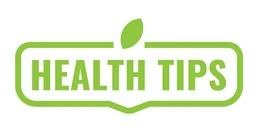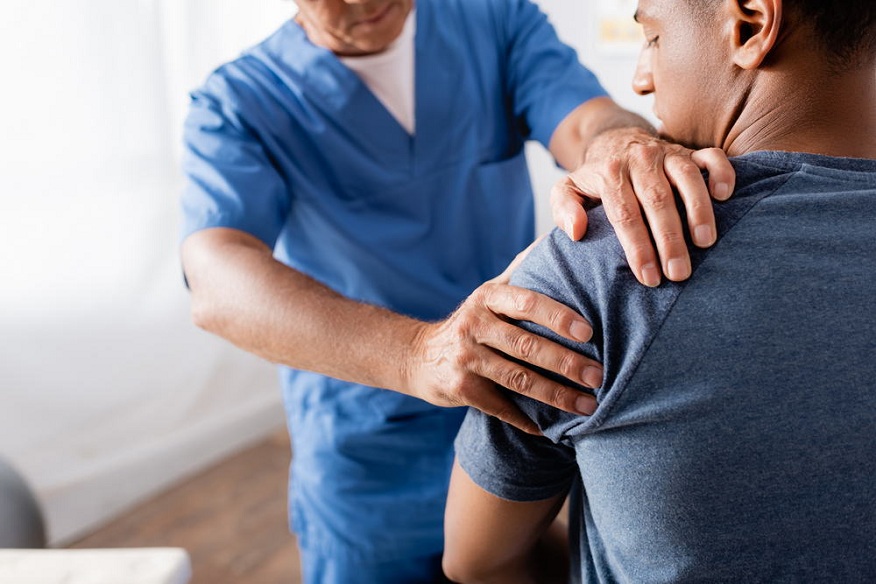In the quest to find relief from chronic pain, many patients look for alternative therapies to complement traditional medical treatments. Alternative simply means non-mainstream. These are therapeutic options that exist outside standard medicine. When done under proper supervision, alternative therapies can provide real benefits. That’s why more pain clinics now offer them as part of a holistic approach. But which alternative therapies actually help with pain? How are they administered?
Why Pain Clinics Offer Alternatives
Traditional medical treatments like pain medications, injections, and surgeries remain the foundation for most pain management plans. But more progressive clinics recognize the potential value of non-traditional options as well. Alternative therapies help in several ways:
Relieve Muscle Tension
Many types of chronic pain cause muscles to remain chronically tense and contracted as a protective mechanism. This leads to muscle tightness, spasms, and reduced circulation that can worsen pain. Alternative therapies like massage, acupuncture, and heat therapy relax muscles.
Improve Circulation
Reduced circulation slows healing and can aggravate pain. Movement therapies like yoga and tai chi improve circulation to nourish muscles and joints. Pool therapy provides gentle resistance exercise to increase blood flow.
Reduce Stress and Anxiety
Pain is stressful, and stress/anxiety intensifies pain. Meditation, biofeedback, music, and art therapy induce deep relaxation to break the pain-stress cycle. Endorphins released during these activities help minimize discomfort.
Address the Mental Aspect
Pain can lead to depression, anger, fear, and other negative emotions that actually compound pain. Psychologists at the clinic employ alternative talks therapy approaches to reduce emotional suffering.
Activate Internal Analgesia
The body has its own natural pain relief system involving endorphins. Alternatives like acupuncture and massage boost endorphins for natural analgesia. Even medical marijuana can increase endorphin levels.
Improve Function
Alternative movement therapies plus assistive devices enable patients to better perform everyday activities despite pain limitations. This reduces disability and improves outlook.
Alternative Therapies
Acupuncture
Acupuncture involves inserting very fine needles into specific points on the skin’s surface. Classically, these acupuncture points trace pathways called meridians, through which energy flows. When needles are inserted into particular points along the meridians, blockages in the flow of energy are removed. This restores proper energy balance and promotes healing.
Yoga/Tai Chi
The mind-body exercises of yoga and tai chi emphasize slow, controlled movements, focused breathing, and meditation. This makes them well-suited for chronic pain patients. Moving through the poses stimulates circulation while improving strength, balance, and flexibility.
Physical Therapy
Today’s physical therapists have many alternative treatment options beyond just exercise. For example:
- Therapeutic massage loosens muscles and increases mobility.
- Heat and cold therapies reduce inflammation that contributes to pain.
- Ultrasound applies sound waves deep into tissues to promote healing.
- TENS units use electrical impulses to interrupt pain signals.
- Assistive devices like braces, supports and splints provide extra joint stability.
Medical Marijuana
Marijuana contains active compounds called cannabinoids that have analgesic and anti-inflammatory effects. Research shows cannabinoids bind to receptors in the brain and immune system involved in regulating pain perception. For patients who get a medical marijuana card, cannabis offers an alternative way to manage chronic pain.
The experts at Utah-based pain clinic KindlyMD say that if you are wondering how to get your medical card in Utah or another state where medical cannabis is legal, you will need to speak to a registered physician for a referral. Since marijuana remains federally prohibited, visiting a doctor to obtain the necessary medical card is currently the only legal pathway to access for pain management.
Conclusion
The growing inclusion of alternative treatments at pain clinics reflects an ongoing evolution in medicine. When combined with traditional care in an integrative model, patients enjoy great benefits.



